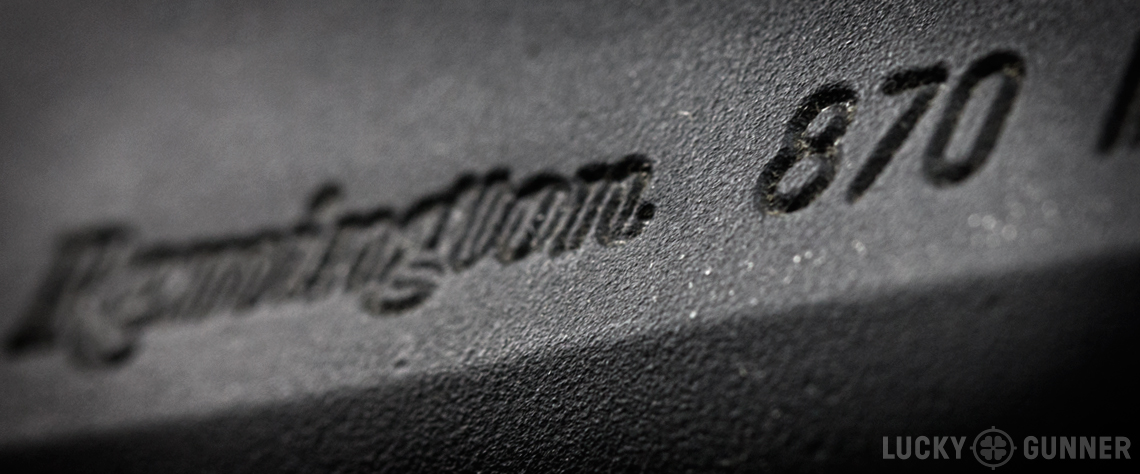After laying out some of the key features of a home defense shotgun last week, I wanted to put them in the context of the most commonly encountered shotgun in the world: the Remington Model 870. If you own a pump action shotgun, or you’ve considered buying one, there’s a very good chance it’s either a Remington 870 or a Mossberg 500/590, with the odds slightly in favor of the Remington.
One of the best features of the Remington 870 is its modularity. It’s incredibly simple to swap barrels, magazine tubes, and other parts, and the breadth of selection for these aftermarket parts is enormous. So beyond the barrel, stock, and other accessories, are all 870s created equal? Not quite. Check out the video for a few details on the 870 you might want to know before you start setting one up for home defense.
No Simple Answers
In the video, I outlined the basic features of the Remington 870 Express, Wingmaster, and Police. The majority of 870s fall somewhere under the umbrella of those three designations, but there have also been dozens of limited run specials and discontinued models that don’t follow that pattern, or have an alternate name engraved on the receiver. It’s not always obvious what model you actually have and what features set it apart if the model designation stamped on your Remington 870 isn’t one of the “big three.” As far as I know, there’s no easily accessible one-stop comprehensive list of all of these models, but a quick search on the web can usually point you in the right direction.
The good news is that just about any 12 gauge 870 ever made can be converted into a decent home defense gun, often without making any permanent modifications. With a shorter barrel, shorter stock, and a +1 or +2 magazine extension, most 870s can transform from a classic field configuration to a quick-handling scatter gun for personal protection in minutes.
However, the combined cost of the above mentioned parts is at least $200, and probably more. Used 870s already configured for defensive use can often be found for $300-$350, which raises the question of whether it makes financial sense to modify an “un-tactical” 870 for home-defense use. There’s not necessarily any one right answer to that. It depends on the value you place on the quality of the receiver and internal parts. In general, my advice would be to start with a pre-2007 Remington if at all possible. A Wingmaster or Police model would be optimal if the gun is going to be fired a lot, but the older Express models are very dependable, too.
One of the post-2007 Express Tactical models isn’t necessarily a bad choice if you are willing to polish the chamber yourself and keep the finish protected from moisture, and the more basic versions tend to be quite affordable. I would probably draw the line at trying to convert a post-2007 non-tactical Express model for home defense. It can certainly be done, but I think you’d lose money versus simply buying a different 870.
On the other hand, if you’re not in a huge hurry and not on a tight budget, but you want the best possible defensive Remington 870 money can buy, track down a used 870 Police and send it off to Wilson Combat. They’ll do just about anything to the 870 you can imagine, but their basic Remington Steal package starts at a very reasonable $229. But for all you do-it-yourself types, check back next week for a quick guide on how to pull of the 870 home defense mods in your own garage.




Thanks pretty solid advice re: pre-2007 Expresses. However it is nice to get one post-1990 so you get the Flex-tab lifter (U-shaped cut rather than solid) to avoid jams. I’d replace the MIM extractor and cheap follower ~ hard to beat the basic black or wood furniture after trying the unimpressive tactical options.
Lovin’ these shotgun articles! Keep em coming!
I have a Winchester Model 1300 Defender. 12Ga